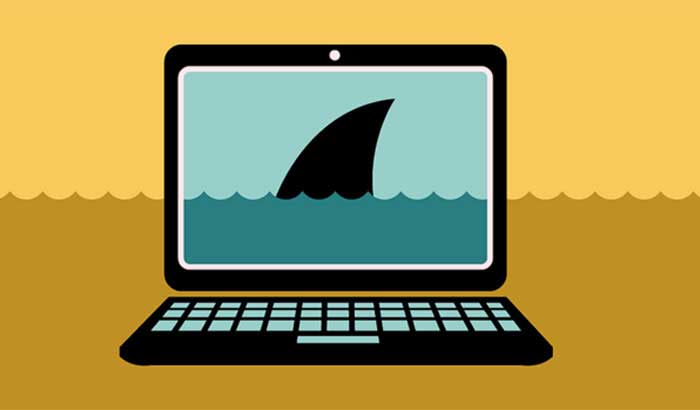Malware activity increased 61% from December 2018 to January 2019.
Everyone today needs to understand the evolving risks associated with our modern technology, the chances are that sooner or later you will be targeted by something that is growing dramatically, it is commonly called ransomwear, basically it is a piece of malicious software that encrypts all of the data on your computer or smartphone and the people who put it there then demand a ransom to return access to your device. In late 2015 Intel security released a report stating that the incidence rate of ransomwear installations had increased by 26% during the previous 12 months. According to the FBI, the criminal gangs that use ransom ware attacks are netting up to $150 million per annum.
The FBI report did not estimate the overall value of the losses sustained by the known 6 million attempts to install this type of malware on computer systems across the world. Most ransom ware attacks today involve not only the demand for ransom but threats aimed at the owner if they fail to pay, usually these threats involve sending pornography to all your customers if you're in business or on forwarding the malware to anyone you know, the latest infections have been included in Microsoft Word documents which has made them very effective.
The practice of using ransomwear is growing mostly because the software is easy to obtain online and is also relatively cheap, on top of that the advent of systems like bitcoin, which enables the criminals to be paid but remain untraceable has aided not just ransom ware peddlers but other forms of cyber crime. Nearly all these type of attacks are directed at what are commonly called “soft targets”, these are individual computers or a small network of computers that have relatively low level protection, most of them usually don't even have a firewall.
The upside of all of this is it is relatively easy to protect your computer against this kind of attack, the simplest and easiest way is to perform a backup of your complete system every three months if it's a personal computer and every month if it's a business system. Then if you have an attack occur all you have to do is restore the computer using the backup and the ransomwear is defeated, and the threats become meaningless but there are some things you should do even if you have effective protection.
Number one thing on the list of things you should do is to report the attack to the authorities, unless they know what is going on they have no chance of either catching the criminals or issuing bulletins advising of how the malware was installed. You should always use reputable antivirus software and you must have a firewall installed as well, having these two items installed and up-to-date will most likely defeat any incoming malware, not just ransomwear.
If you are a business it is recommended that you purchase cyber insurance to protect yourself against this type and other types of cyber crime. You'll need to enlist an insurance expert to make sure you are not only covered for currently known cyber crimes but also for evolving cyber crimes. Like the rest of the community the world of crime is changing and technology is speeding up the pace of that change, educate yourself to understand the evolving risks most of which are easy and not expensive to defeat, all it takes is a little forethought and effort in the criminals will go and look for softer marks.

